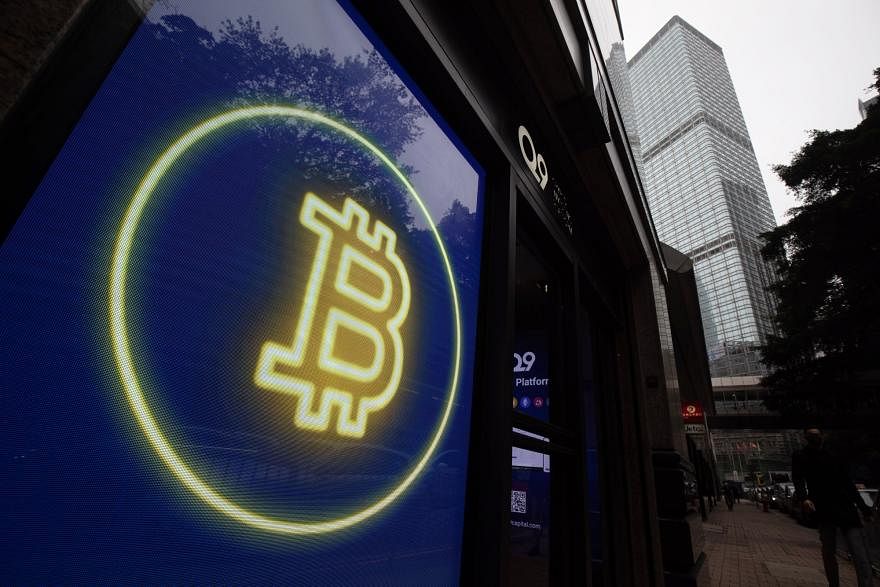FOR a brief moment, nearly everyone who ever invested in Bitcoin was profitable. Now, with the cryptocurrency retreating from its still fresh record high, all are left to wonder how long they will be caught up in the “sell-the-news” trade that has followed.
The original digital asset tumbled as much as 14 per cent after hitting an all-time high of US$69,191 earlier on Tuesday (Mar 5). More than US$800 million worth of bullish positions have already been liquidated in the perpetual futures market with prices reversing, according to crypto data tracker Coinglass.
The volatile price swings are the latest example of the boom or bust nature of Bitcoin. The largest cryptocurrency had surged more than 60 per cent since the start of the year amid exuberance over the approval of US exchange-traded funds (ETFs) that could finally hold the tokens directly. Past cycles have seen annual gains of more than 1,000 per cent followed by years where investors saw holding lose almost three-quarters of their value.
“We always see massive liquidations with new all-time highs,” said Ayesha Kiani, chief operating officer at crypto hedge fund MNNC Group. “Some market adjustments” are expected.
Much of the recent gains had been driven by bullish bets made in the derivatives market, where investors could in the past get leverage of as much as 100 times the size of their positions in products such as perpetual futures. Like the name implies, the swap contracts, can be held indefinitely.
Open interest, or the total amount of outstanding contacts, on Bitcoin futures had surged to a record of more than US$30 billion, according to Coinglass.
“As evidenced by perpetual funding rates and open interest across crypto exchanges reaching multi-year highs, long-biased speculation has re-emerged on crypto derivative venues,” said Spencer Hallarn, global head of over-the-counter trading at crypto investment firm GSR. “This left the market vulnerable to a short-term de-leveraging of these positions.”
The funding rate is a metric that shows the cost to hold leverage positions in the perpetual swap market. When the funding rate is positive, traders betting on higher prices are paying those who are betting on lower prices to keep their positions open, and vice versa. Bitcoin’s funding rate on Binance, for example, went above 100 per cent on an annualised basis in the past week.
“Traders should be careful with leverage in the reigning market conditions,” wrote Vetle Lunde, senior analyst at K33 Research. “Even though you might end up right on your directional play, large price movements will wipe out over-leveraged positions before getting there.”
Speculators may now begin to migrate to smaller coins such as Ether or Solana, according to Shiliang Tang, president of principal trading firm Arbelos Markets. With Bitcoin’s market dominance hitting its highest in a month, some traders may rotate their money to altcoins as a a “catch-up trade”, he said.
But investors also argue that Bitcoin will continue to move higher in the long term, mostly driven by expectations that flows to Bitcoin ETFs will remain strong. The nine funds launched this year have attracted net inflows of around US$8 billion.
Every time Bitcoin has hit an all-time high, prices have increase by four to five time more going forward, according to Leo Mizuhara, founder and CEO of DeFi institutional asset manager Hashnote. This time around, those gains may only be double the current price, he said. Based on Mizuhara’s estimate, Bitcoin would likely reach US$138,000 at some point.
“The new all-time high is a testament to the great comeback story of Bitcoin,” said Michael Safai, co-founder at quantitative trading firm Dexterity Capital. BLOOMBERG







